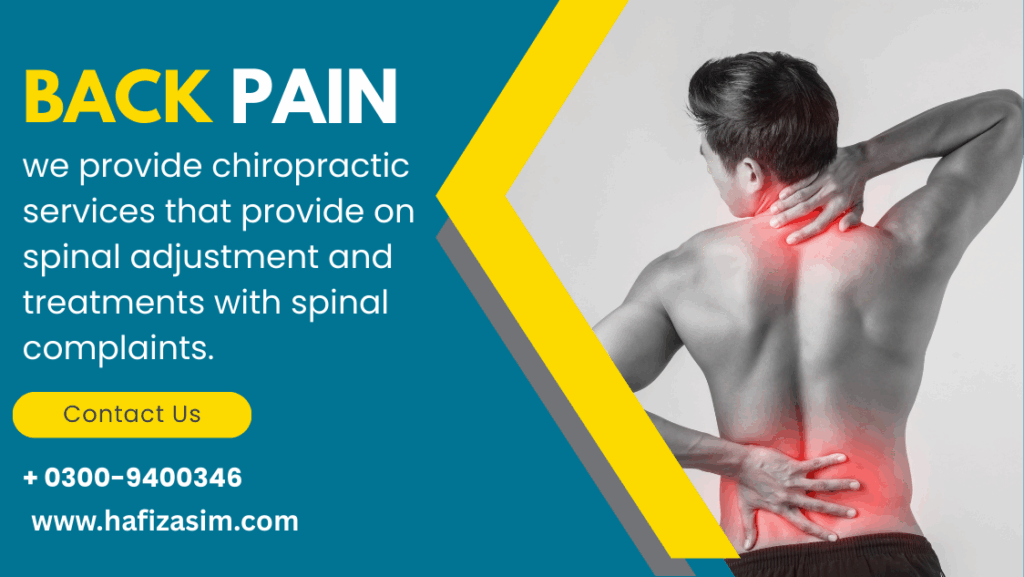Introduction
Undergoing surgery can be a challenging experience, both physically and emotionally. Pre and post-surgical rehabilitation plays a critical role in ensuring optimal recovery, improving outcomes, and minimizing complications. Whether you’re preparing for surgery or recovering from one, physical therapy can help you regain strength, mobility, and confidence.
In this blog, we will explore the benefits, techniques, and importance of pre and post-surgical rehabilitation, along with how it can make a difference in your healing journey.
Understanding Pre-Surgical Rehabilitation
Pre-surgical rehabilitation, also known as “prehabilitation,” focuses on preparing your body for the physical demands of surgery. It’s a proactive approach that enhances your strength, flexibility, and overall fitness to ensure a smoother recovery.
Key Benefits of Pre-Surgical Rehab:
- Improved Recovery Time: Stronger muscles and better flexibility can accelerate post-surgery recovery.
- Enhanced Strength and Endurance: Building strength before surgery reduces muscle atrophy during recovery.
- Reduced Post-Surgery Complications: Optimized physical condition minimizes risks such as blood clots and infections.
- Mental Preparedness: Knowing you are physically ready can boost confidence and reduce anxiety.
Components of Pre-Surgical Rehab:
- Strength Training: Targeted exercises to improve muscle strength.
- Flexibility Exercises: Stretching routines to maintain joint mobility.
- Cardiovascular Conditioning: Low-impact aerobic exercises to improve heart and lung function.
- Education: Guidance on post-surgical expectations, pain management, and movement precautions.
Understanding Post-Surgical Rehabilitation
Post-surgical rehabilitation is the phase where recovery takes center stage. The goal is to restore function, reduce pain, and prevent complications after surgery.
Key Benefits of Post-Surgical Rehab:
- Pain Management: Techniques like manual therapy and modalities reduce discomfort and swelling.
- Restored Mobility: Exercises and stretches help regain range of motion.
- Rebuilt Strength: Gradual strengthening prevents muscle weakness and ensures long-term recovery.
- Prevention of Scar Tissue Formation: Specific therapies minimize stiffness and adhesions.
- Improved Functionality: Rehabilitation helps you return to daily activities and achieve independence.
Components of Post-Surgical Rehab:
- Individualized Exercise Programs: Tailored to the type of surgery and individual goals.
- Manual Therapy: Hands-on techniques to improve tissue healing and joint mobility.
- Modalities: Tools like ultrasound, electrical stimulation, or heat therapy to aid recovery.
- Balance and Coordination Training: To prevent falls and ensure safe movement.
- Education and Support: Tips on maintaining posture, proper lifting techniques, and home exercises.
Common Surgeries Requiring Rehabilitation
Pre and post-surgical rehab is essential for various types of surgeries, including:
- Orthopedic Surgeries: Joint replacements, ACL reconstruction, and rotator cuff repairs.
- Spinal Surgeries: Laminectomy, discectomy, and spinal fusions.
- Cardiac Surgeries: Bypass surgery and valve replacements.
- Neurological Surgeries: Brain or spinal cord surgeries.
- Abdominal Surgeries: Hernia repairs or bariatric surgeries.
The Role of Physical Therapy in Surgical Recovery
Physical therapists play a vital role in guiding you through the rehabilitation process. Their expertise ensures you achieve the best outcomes while minimizing risks.
How Physical Therapy Helps:
- Tailored Programs: Therapists design specific plans based on your surgery and personal goals.
- Progress Monitoring: Regular assessments ensure you’re on track to recovery.
- Motivation and Support: Encouragement to stay consistent and positive throughout the process.
- Prevention of Future Issues: Therapists address any underlying conditions or compensatory movements.
Tips for a Successful Rehabilitation Journey
- Start Early: Engage in prehab to improve surgical outcomes.
- Be Consistent: Follow your therapist’s recommendations diligently.
- Communicate Openly: Share concerns or discomfort with your therapist.
- Stay Positive: Celebrate small milestones to stay motivated.
- Follow Precautions: Adhere to weight-bearing or movement restrictions as advised.
Why Choose Professional Rehab Services
At IMC Rehab Services, we understand the unique needs of surgical patients. Our experienced team of therapists works closely with you and your surgeon to create a comprehensive rehabilitation plan. With advanced techniques and personalized care, we help you achieve a quicker, safer, and more effective recovery.
Our Services Include:
- Pre-surgical conditioning programs.
- Post-surgical rehabilitation tailored to your needs.
- Advanced modalities for pain management and healing.
- Education and support for long-term recovery.
Conclusion
Pre and post-surgical rehabilitation is not just an optional step; it’s a crucial part of your journey toward complete recovery. By investing in professional rehabilitation services, you can minimize complications, regain strength, and get back to doing what you love faster.
Ready to take the first step toward recovery? Contact IMC Rehab Services today to learn more about our personalized pre and post-surgical rehabilitation programs. Let’s work together to ensure your healing journey is as smooth and effective as possible!


